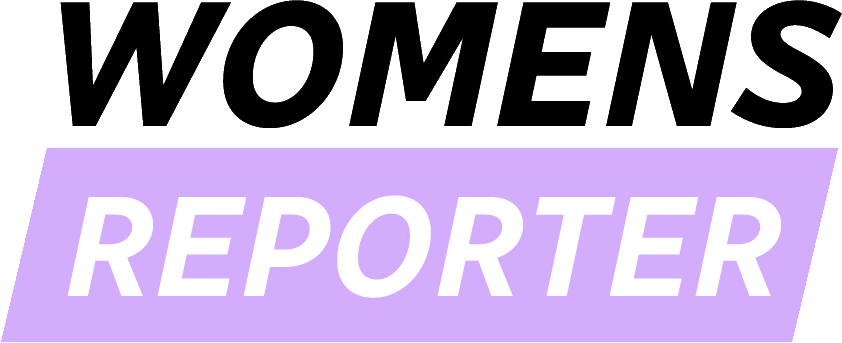On May 26, 2025, thousands gathered in Seattle for the annual Women’s March, advocating for gender equality, reproductive rights, and social justice. The event featured passionate speeches, vibrant performances, and a spirited march through the heart of downtown Seattle.
A Powerful Gathering in the Pacific Northwest
Cal Anderson Park served as the energetic starting point for the 2025 Seattle Women’s March. Participants assembled early in the morning, donning pink hats, carrying handmade signs, and preparing for a day of solidarity and activism. From there, the crowd moved toward the Seattle Center, filling city streets with chants and cheers that echoed the march’s core message: equality for all.
Organizers reported an estimated attendance of over 20,000 people, reflecting a diverse cross-section of communities, ages, and identities. The march remained peaceful and inclusive, reinforcing the event’s reputation as a family-friendly demonstration of civic engagement.
Speeches that Stirred the Soul
A powerful lineup of keynote speakers addressed the crowd throughout the morning. Among them were Washington State Senator Manka Dhingra, reproductive rights advocate Dr. Aisha Mohammed, and Seattle-based community organizer Janelle Ortega.
“This march is not just a tradition, it’s a declaration,” said Dhingra. “We are here because our rights, our futures, and our voices matter.”
Dr. Mohammed highlighted the ongoing battles over reproductive health access, stating, “We must stay vigilant. The struggle for bodily autonomy continues in courts, in clinics, and in communities.”
Ortega focused on intersectionality and the importance of addressing issues like racial justice, LGBTQ+ rights, and economic equity. “True equality means lifting everyone,” she said to resounding applause.
Artistic Activism on Display
Art played a central role in this year’s march. Local artists contributed striking installations and murals that celebrated women’s achievements and highlighted ongoing struggles. A notable piece by muralist Keiko Tanaka depicted a timeline of major milestones in the women’s rights movement, while performance artist Lani Rivers led a participatory drum circle that energized the crowd.
Pop-up galleries along the route offered interactive experiences, inviting attendees to write their hopes for the future on fabric ribbons that were later woven into a collective tapestry of resilience.
Public sculptures and digital projections added a dynamic layer to the march route, transforming city spaces into platforms for feminist expression. Children and adults alike engaged with these installations, adding personal notes and reflections.
Voices from the Crowd
For many attendees, the march was deeply personal. Maria Lopez, a high school teacher from Tacoma, shared, “Marching today is about standing up for our rights and the rights of future generations. My students deserve a future where they can thrive, no matter their gender.”
Miriam Johnson, a retiree and first-time marcher, remarked, “I marched today because I didn’t when I was younger. I want to be part of change, even now.”
Young activists were also visible, with student-led groups chanting slogans and distributing educational pamphlets. The intergenerational presence emphasized the enduring relevance and evolving nature of the movement.
Parents pushed strollers while teens waved rainbow flags, and veterans of earlier feminist movements wore vintage protest pins. The sense of unity transcended generations, backgrounds, and perspectives.
Ensuring a Safe, Welcoming Space
Event organizers worked closely with local officials to ensure safety and accessibility. Seattle Police reported no significant incidents, and volunteer marshals assisted with crowd navigation and emergency protocols.
“We wanted everyone to feel welcome and secure,” said chief coordinator Anika Shah. “Our teams spent months planning to create a space that reflects the values we march for.”
Free water stations, accessible rest areas, and mental health support booths dotted the route, illustrating the organizers’ commitment to inclusivity and well-being.
In addition, a team of multilingual volunteers provided translation services, helping non-English speakers fully participate in the day’s events. Accessibility-focused groups praised the organizers’ efforts to accommodate people with disabilities.
A Broader Movement
The Seattle Women’s March is part of a national network of similar events held across major U.S. cities on the same day. The coordinated effort underscores a shared mission: to champion equity and resist rollbacks on hard-won rights.
As political debates continue at state and federal levels, the march also serves as a catalyst for civic engagement. Many booths offered voter registration services and encouraged participants to support local advocacy initiatives.
Educational panels on the eve of the march featured discussions on legal advocacy, community organizing, and intersectional feminism, deepening the impact beyond the day of the event.
Looking Ahead
As the crowd dispersed from the Seattle Center, the spirit of the march lingered in conversations and commitments to continued activism. Plans for follow-up events, workshops, and community actions were announced on the march’s official social media channels.
“This is more than one day a year,” said organizer Anika Shah. “It’s a movement that lives in our actions, our advocacy, and our everyday lives.”
The momentum generated in Seattle is expected to inspire similar actions across the country, as organizers reaffirm their dedication to building a more equitable future.
